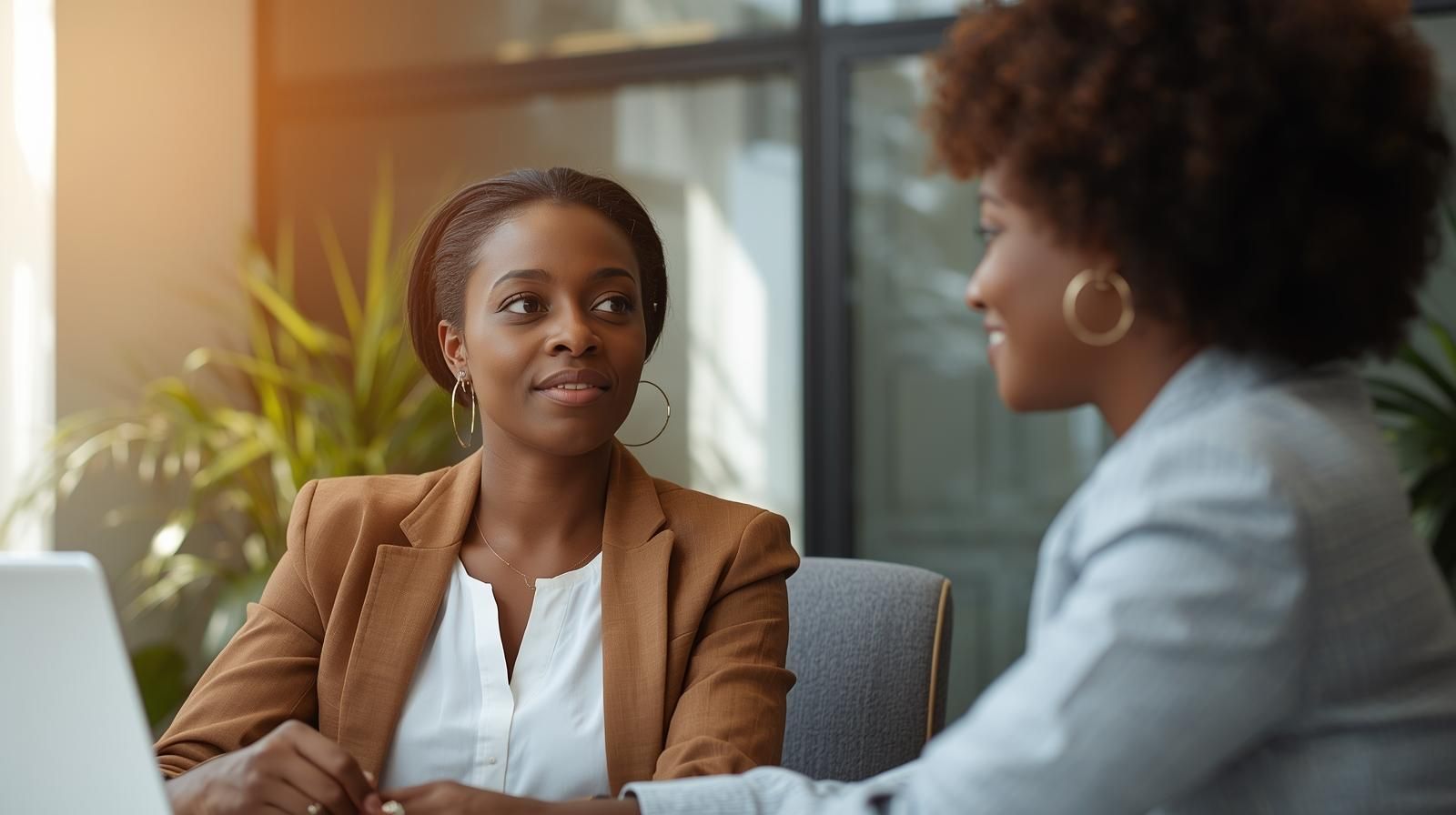Survivor Behavior: How the Human Mind Navigates Trauma and Adversity
Erica Kesse
When life delivers its hardest blows, whether through a sudden tragedy, prolonged hardship, or a deeply distressing event, our minds and bodies shift into survival mode. For some, the scars are visible. For others, the wounds are hidden beneath layers of coping strategies that outsiders may not fully understand.
Survivor behavior is a complex, deeply human response to adversity. It’s not simply about “being strong” or “holding it together”, iit’s about how our brains, emotions, and behaviors adapt in real time to keep us alive, both physically and psychologically.
This article explores what trauma and adversity truly mean, how resilience emerges, and why even the most “unhealthy” coping strategies often start as well-intentioned acts of self-preservation. By shifting the lens from judgment to understanding, we can better support those who are navigating life after hardship.
Understanding Trauma, Adversity, and Resilience
While the words trauma and adversity are often used interchangeably, they describe distinct experiences. Recognizing the difference helps us understand the unique ways survivors respond.
Trauma is a deeply distressing event that overwhelms a person’s ability to cope in the moment. It could be a single occurrence like an accident, assault, or natural disaster or a series of events. Clinically, trauma often involves exposure to actual or threatened death, serious injury, or sexual violence, either directly, indirectly, or repeatedly (as in first responders or journalists).
Adversity, on the other hand, refers to ongoing hardship, poverty, chronic illness, systemic discrimination, or sustained abuse. It may not always involve an immediate life-or-death threat, but its cumulative effects on mental and physical health can be just as damaging.
Resilience is the capacity to adapt, recover, or even grow after trauma or adversity. It’s not about avoiding distress, no one walks away from hardship entirely untouched. Instead, it’s about finding a way forward despite the pain, uncertainty, or loss.
An important truth is that not everyone exposed to trauma develops a lasting disorder like PTSD. In fact, research shows that most people do not. This doesn’t mean they “weren’t affected” — it means human beings have a remarkable ability to adapt, even in the face of intense suffering.
The Many Faces of Survivor Behavior
Trauma and adversity leave marks on every part of a person’s being: emotions, thoughts, behaviors, and even the body. Survivor behavior is shaped by the brain’s instinct to protect itself, often in ways that make sense in the moment but can become problematic over time.
1. Emotional Responses
Survivors may swing between extremes — intense emotions one moment, emotional numbness the next.
- Emotional dysregulation: Difficulty managing anger, sadness, or anxiety.
- Numbing: Detachment from feelings as a way to avoid pain.
- Loss of joy: Struggling to feel love, happiness, or connection.
From the outside, numbness can look like apathy. In reality, it’s the brain’s temporary “off switch” for feelings that are too overwhelming to process all at once.
2. Cognitive Responses
The mind after trauma often works differently.
- Foreshortened future: A sense that life will be shorter or that normal milestones (marriage, career, children) won’t happen.
- Intrusive memories: Flashbacks, nightmares, or unwanted thoughts.
- Hypervigilance: Constantly feeling “on guard.”
- Negative self-perception: Guilt, shame, or self-blame.
These mental shifts are not a sign of weakness. They are the brain’s way of scanning for danger and trying to make sense of something senseless.
3. Behavioral Responses
Actions often follow the mind’s attempts to cope.
- Avoidance: Staying away from people, places, or conversations that trigger memories.
- Self-medication: Using alcohol, drugs, food, or overwork to numb pain.
- Withdrawal: Isolating from friends and family.
- Aggression: Short tempers or confrontational behavior, sometimes as a defensive shield.
While these behaviors can harm health and relationships over time, in the immediate aftermath of trauma they may have been the survivor’s only available tools to stay afloat.
4. Physical Responses
The body often remembers trauma even when the mind tries to forget.
- Sleep disturbances: Insomnia or frequent nightmares.
- Somatic symptoms: Headaches, stomach issues, muscle tension.
- Hyperarousal: Rapid heartbeat, sweating, or shaking in response to reminders.
This is the nervous system staying on high alert, ready to react at the first sign of perceived danger.
Why “Unhealthy” Coping Often Starts with Good Intentions
From a clinical standpoint, many survival behaviors are maladaptive. But from the survivor’s standpoint, they often serve a purpose in the moment:
- Alcohol dulls the pain.
- Avoidance prevents overwhelming flashbacks.
- Overworking keeps intrusive thoughts at bay.
Understanding this origin point matters. When we approach survivors with empathy — acknowledging that these behaviors began as an attempt to regain control — we can guide them toward healthier strategies without shaming them for how they’ve coped so far.
The Adaptive Nature of the Human Mind
Survivor behavior reflects one central truth: the mind’s top priority is survival, even if it means sacrificing long-term well-being for short-term relief. Over time, however, the same strategies that once helped can begin to harm, creating cycles of avoidance, disconnection, or self-destruction.
This is where intervention and support become vital. Trauma-informed care doesn’t just focus on reducing symptoms — it also works to strengthen a survivor’s natural adaptive abilities, like problem-solving, emotional regulation, and connection with others.
Shifting the Lens: From Flawed to Adaptive
Changing the narrative from “what’s wrong with you?” to “what happened to you?” is powerful. It reframes survivor behavior not as evidence of personal failure, but as proof of the brain’s incredible adaptability.
For example:
- A soldier who startles at loud noises is not “overreacting” — their nervous system has been trained to detect threats instantly.
- A survivor who avoids certain places isn’t being “difficult” — they’re preventing their body from reliving danger.
By understanding the why behind the behavior, friends, family, and professionals can offer more compassionate, targeted support.
Pathways to Recovery
Recovery from trauma and adversity is rarely linear. Survivors may progress in some areas while struggling in others. However, certain factors consistently support healing:
- Safe relationships — Trustworthy, nonjudgmental connections that offer stability and understanding.
- Healthy coping tools — Mindfulness, creative expression, physical activity, or therapy to manage distress without self-harm.
- Meaning-making — Finding purpose or lessons in the experience, even if the trauma itself can never be justified.
- Trauma-informed care — Professional support that understands and respects the survivor’s lived experience.



